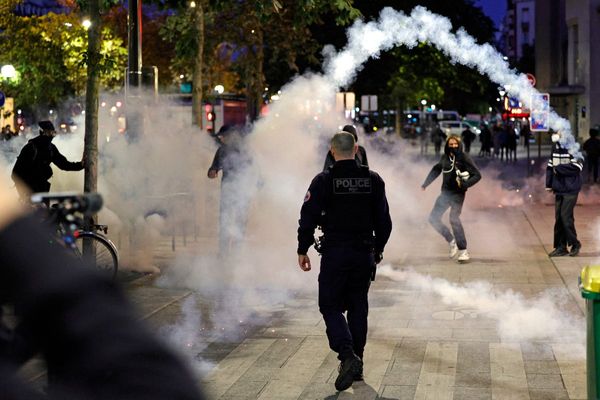Despite the spooky name, a witching day isn't nearly as sinister as it sounds. Witching days are options expiration events that occur only four times a year.
Options regularly expire once a month, every third Friday, except for weekly options and the few that have daily expirations.
Futures contracts are available in one-, two- and, most commonly, three-month durations that expire on Fridays, too. This means that four times a year, options and futures contracts all expire on the same day.
This confluence can have a pronounced effect on the stock market. However, the impact is predominantly on market volume rather than prices.
On Wall Street, these four Fridays of the year are called witching sessions.
Which Witching, Triple Or Quadruple?
First, some clarification: Originally, "triple witching" was the term referring to the simultaneous expiration of stock options, stock index futures and stock index options.
In 2002, with the addition of single-stock futures, triple witching became quadruple witching. But single-stock futures were last traded in the U.S. in 2020, bringing the proper term back to triple witching.
Whichever name you hear used, know that they are talking about the same thing.
The next witching session will be Sept. 20.
Witching Days And Volume
As these different instruments all come to a head on the same day, there is a huge spike in stock market volume.
Savvy investors know the importance of volume, especially with regard to stock breakouts. A proper breakout should occur in volume at least 40% above the stock's average.
So witching days can really throw a spanner in the works.
On any other day, a breakout from a base with above-average volume is a no-brainer. Surging volume shows the support of institutional investors.
On a witching day, however, most of that trading volume is generated by investors who purchased shares at a lower price with an option. Whether they intend to hold or sell these shares, we won't know until after the witching weekend.
Without diving too deeply into the specifics of trading options and futures, just know these contracts are agreements to buy and sell an underlying asset at a previously agreed price. The options that traders exercise — and actually receive shares of — are at a lower price. Because of this, the volume increases while the price doesn't necessarily climb.
What if you buy a stock as it breaks out on a witching day? If shares hold above the buy point when the market opens the following Monday, you can hold. If the stock falls more than 7% from your purchase price, cut losses short.
Investors who purchased shares via the expiration of an option can follow the same hold or sell strategies.
But if you bought shares unaware of the witching day, you can be left holding the bag. If it turns out to be a faux breakout, the stock will tumble and you must cut losses short. Losses could gain momentum from the option traders selling to take profits.
Witching Days On The Indexes
Witching days can also impact distribution days. Volume is half of the equation when it comes to determining distribution on the major indexes. The other is a decline in the Nasdaq or S&P 500.
The volume on a witching day can inflate a distribution day's trading. It also sets the bar incredibly high for the next session's volume. That Monday volume will almost certainly be lower, and may even have been higher if not for the witching boost.







